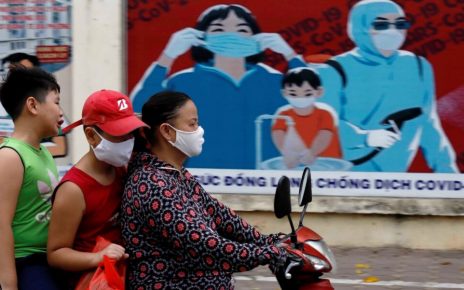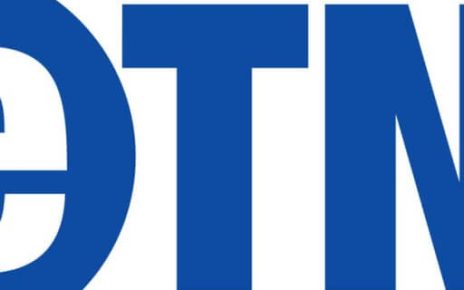The Spanish tourism industry has invested 60 billion euros in vaccination campaigns and views 2021 as a year of transition towards the long-awaited recovery of the sector. However, much depends on the rate of vaccination.
In January, the country welcomed 434,362 people (274,242 for leisure), recording an 89.5% drop compared to the same period in 2020. The number was achieved through a somewhat paradoxical plan that would allow the entry of European tourists, while traveling between communities would be prohibited in most cases. Spain was thus closed for domestic travelers and opened for Europeans.
The prospects for this year are promising yet limited and, in the best of cases, half of the tourists and the turnover of 2019 will be recovered, says the Tourism Industry Demand report conducted by global strategy consultancy and marketing Simon-Kucher & Partners, which conditions the evolution of this activity to the rate of vaccination.
The report also points out that the United Kingdom and Germany, the two most important markets for Spanish tourism, are those that show the highest risk of recovery.
Three key factors are identified in the report, which will determine the recovery of the industry: the speed of vaccination in Spain and in the main markets of origin, the predisposition to make international trips, and the recovery of the tourist offer.
Regarding vaccination, the government expects to administer vaccines to 70% of the population by the end of summer. If this goal is achieved, the industry could see a degree of stability this summer season, explains the report. Around 45 million tourists could arrive this year, but if the current vaccination rates continue, this number could drop to 15 million.
Therefore, the industry is staking about 60 billion euros in complying with the vaccination programs (4% of GDP), according to the study.
The report also warns of a new traveler with emotional barriers that will take years to disappear. While a good vaccination rate will be achieved, the shot would not represent a complete immunity for Spanish tourism. In fact, 29% of European tourists do not consider traveling outside their borders in 2021, even after having been vaccinated.
Reluctance to Travel Abroad
“The study shows that vaccination in Spain is not everything. There are two sides to this coin since most tourists consider vaccination more important in their own country than in the destination to which they plan to travel. This makes development in the markets of origin and the acceleration of vaccination in our country equally important,” said Carles Munich, director of Simon-Kucher & Partners.

The United Kingdom and Germany, the two most important markets for Spanish tourism, maybe the most difficult to recover.
The British market relies 25% more than the rest of the markets on an effective vaccine to be willing to travel again to destinations abroad, without adding the new restrictions and protocols due to Brexit. Meanwhile, German tourists show less willingness to leave their borders this year than other markets, regardless of pandemic pressure.
The report also points out that while there is a recovery in tourist flows to Spain, the competitive offer has changed substantially.
On the one hand, less than 40% of the hotels are open (half the number than in countries such as France or Germany) due to the high dependence on international tourism. This decrease in the offer also affects demand and its absorption rate.
On the other hand, the price drops and promotions have been accentuated to try to revive the market. “We fear that the price drops, which in January averaged 25%, will increase and turn into a price war when demand reactivates due to a fierce fight for each tourist,” says Miguel Afán, partner of Simon-Kucher and head of the tourism and leisure sectors.
Regarding the domestic market, the report explains that the upward trend to travel within national territory continues, with a preference towards destinations accessible by car to minimize the risks and have greater flexibility. This fact mainly benefits rural, not very crowded and nearby destinations.





